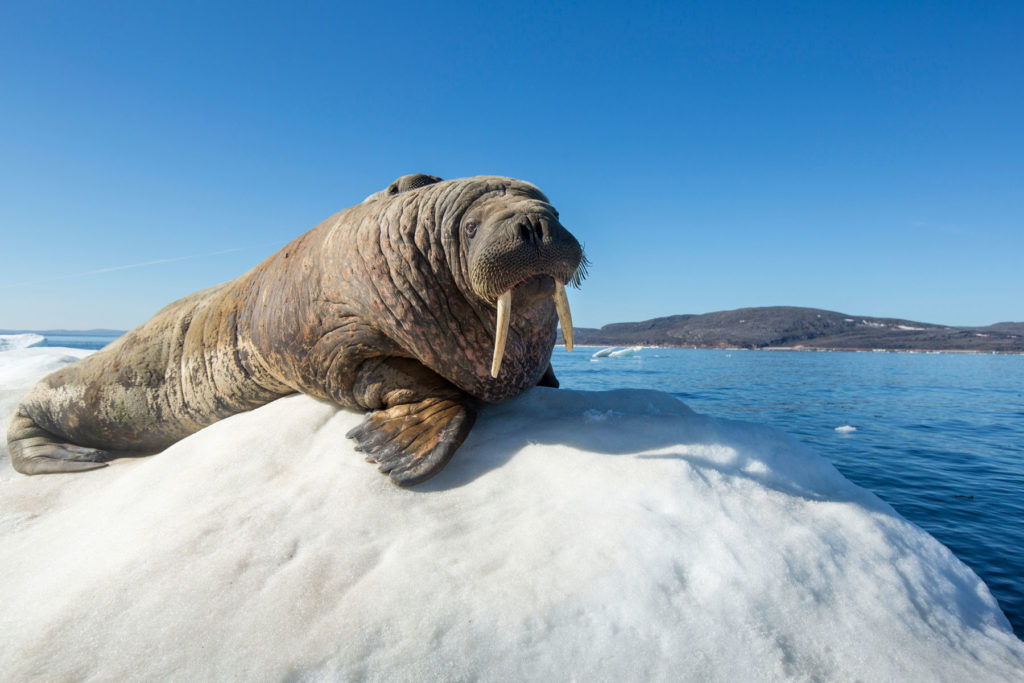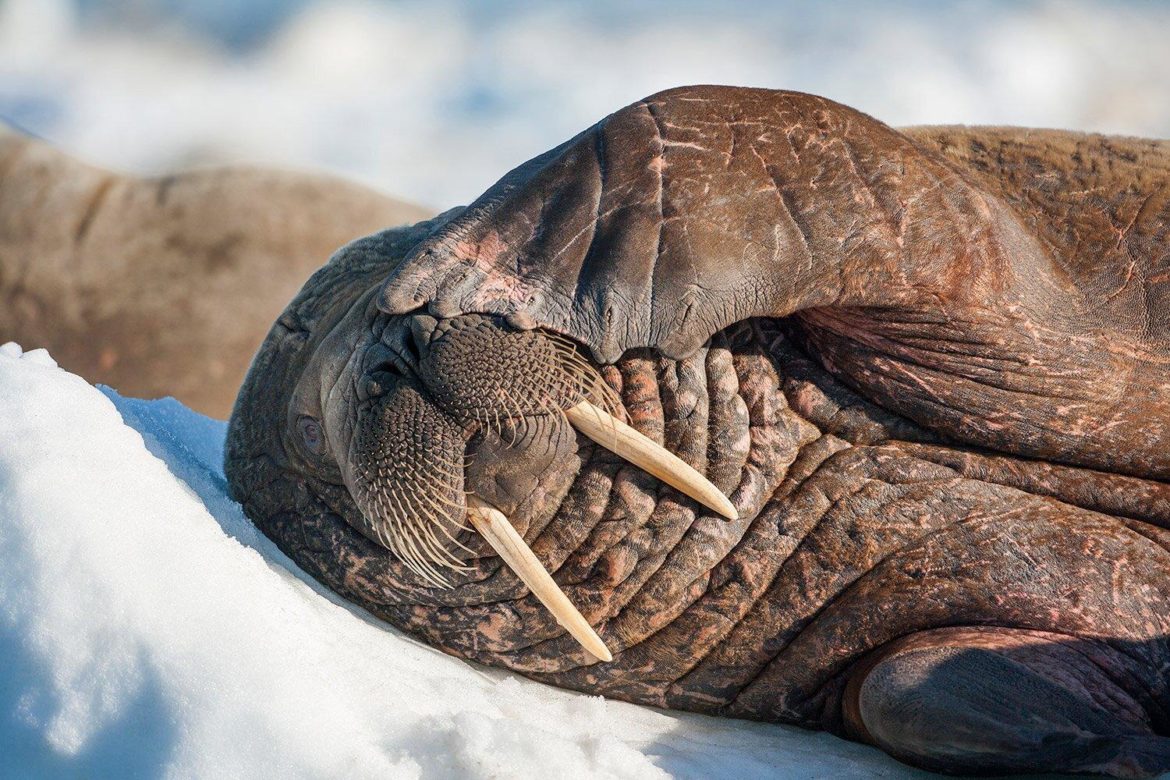Arctic walrus floated to Ireland from the Arctic circle after falling asleep on an iceberg. That’s quite a nap!

The following written content by Nicoletta Lanese
A walrus spotted on an Irish beach yesterday (March 14) may have floated there from the Arctic Circle after falling asleep on an iceberg.
A 5-year-old girl walking with her father spotted the blubbery newcomer.
The young girl, named Muireann, pointed out the walrus to her dad, Alan Houlihan, as they walked on Valentia Island in County Kerry. “I thought it was a seal at first, and then we saw the tusks,” Houlihan said, according to IrishCentral. “He kind of jumped up on the rocks. He was massive. He was about the size of a bull or a cow, pretty similar in size; he’s big, big.”
Most walruses (Odobenus rosmarus) live near the Arctic Circle, where they hunt for shellfish in shallow water and clamber up onto the icebergs and beaches to rest, Live Science previously reported. The humongous creatures rarely crop up along the Irish shoreline. The first recorded walrus sighting there occurred in 1897, but no other walruses were seen until the 1980s, the Irish public service broadcaster RTÉ reported. Since then, fewer than two dozen additional walruses have been spotted in Ireland.
The washed-up walrus seen on Valentia Island is thought to be quite young, based on the length of the animal’s tusks, RTÉ reported. Full-grown walruses can grow tusks as long as 3.3 feet (1 meter), while the recently sighted walrus’s tusks were roughly 12 inches (30 centimeters) long. The walrus’s body measured more than 6 feet (2 m) from snout to tail.
How does a young walrus end up in County Kerry? “I’d say what happened is, he fell asleep on an iceberg and drifted off, and then he was gone too far, out into the mid-Atlantic or somewhere like that, down off Greenland possibly,” Kevin Flannery, a marine biologist with the Dingle Oceanworld Aquarium, told The Independent. Read more from Live Science.





